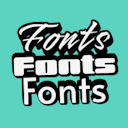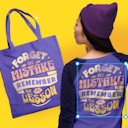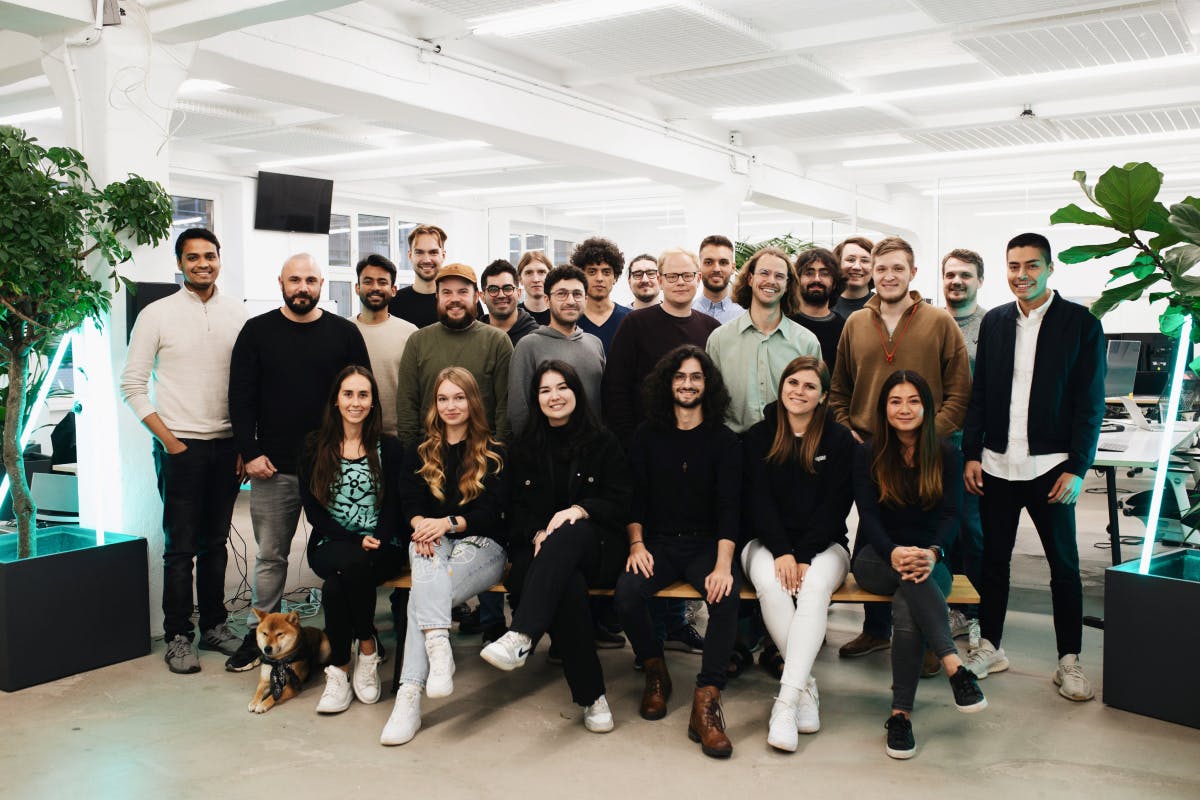Product
Templates
Resources
Company
Home
Blog
Design
Top 5 trends shaping graphic design workflows in 2025
Top 5 trends shaping graphic design workflows in 2025

Graphic design workflows are constantly evolving, driven by advancements in tools, shifting work environments, and the changing needs of creatives. We’ve identified five trends set to redefine graphic design workflows in 2025. We’ll explore each, diving into their benefits and why they’re worth adding to your workflow.
Table of contents
1. Streamlined collaboration
Collaboration has always been at the heart of design projects, but in 2025, its role is more relevant than ever. Advanced tools are evolving rapidly, demands for speed and quality are rising, and remote teams are now the norm. To thrive, effective teamwork and smooth graphic design workflows are essential. Whether you’re a freelancer, part of an in-house team, collaborating across departments, or working directly with clients, seamless collaboration is your key to success.
Collaboration tools like Miro, Slack, Trello, and Notion have raised the bar for how teams manage projects and share feedback. But the latest game-changer for design workflows is the ability to collaborate directly within graphic design platforms. Designers, clients, and teams can provide instant feedback, track version changes in real-time, and work seamlessly across different time zones.
How this benefits you:
- Real-time feedback: Immediate feedback eliminates delays, meaning faster changes, on-time projects, and less frustration.
- Enhanced productivity: By integrating communication directly into design tools, designers can save time digging through messaging channels, whether emails, texts, or Slack.
- Cohesion across teams: Teams and/or stakeholders working from different locations or time zones can collaborate as if they’re in the same room, enhancing alignment and boosting relationships between team members.
- Client satisfaction: Allowing clients to view the project and provide feedback in real-time can help streamline timelines, minimizing the risk of major revisions later.
Kittl is set to release a groundbreaking feature on January 15th, bringing this vision of seamless collaboration to life. Read the teaser announcement!
2. AI tool integration and automated tasks
Automation has become an essential time-saver in graphic design. As tools become more advanced, they’re taking over repetitive tasks, freeing designers to focus on the creative aspects of their work.
Everything from resizing images and creating complex shapes to generating color palettes and removing backgrounds is automated. Hours of manual effort are accomplished in minutes.
On top of that, artificial intelligence is now a practical companion tool. Various types of AI agents, such as image recognition models, generative adversarial networks (GANs), and natural language processing (NLP) agents, are transforming graphic design workflows and speeding processes by taking on repetitive, time-consuming tasks - empowering designers to focus on the creative and strategic work. They’re transforming graphic design workflows and speeding processes by taking on repetitive, time-consuming tasks - empowering designers to focus the creative and strategic work.
From generating color palettes and removing backgrounds to text-to-image generators and even AI assistants, AI is becoming an invaluable creative companion. Tools like logo generators and design generators draft initial design concepts, helping designers overcome creative blocks by providing a starting point.
How this benefits you:
- Time savings: Tasks like retouching, copywriting, and background removal that once took hours can now be completed in seconds. This saves you valuable time to start the next project, learn a new skill, or take a much-deserved break.
- Creative freedom and focus: By offloading repetitive tasks to AI and automation, designers can concentrate on higher-quality, more innovative work. This allows more time for brainstorming, experimenting, and refining ideas, leading to better outcomes.
- Inspiration boost: AI-generated concepts provide fresh perspectives, sparking new ideas and helping designers overcome creative blocks.
- Efficiency and cost savings: Automated tools accelerate project completion, enabling more work to be done in less time. This not only enhances productivity but also boosts profitability for freelancers and agencies.
3. Cleaner workspaces and minimalist tools
Clutter - both physical and digital - can block productivity and creativity. The design industry has been embracing minimalism as more than just a design trend. More and more, we’re seeing intuitive workspaces that prioritize functionality and simplicity.
Browser-based tools like Figma and Neo have already followed this trend with streamlined interfaces that focus on essential features without unnecessary distractions.
Spotify also launched a redesign of its desktop app in 2024, focusing on a cleaner layout, improved navigation, and a more intuitive user experience.
As much as this shift is visually pleasing, for design platforms, it creates an environment where users can think clearly and work more efficiently.
How this benefits you:
- Improved focus: A clean, decluttered workspace eliminates distractions, allowing designers to concentrate on their creative vision.
- Faster learning curve: Minimalist tools are easier to learn and navigate, making them ideal for all levels of designers - from newcomers to professionals.
- Increased productivity: Streamlined workflows eliminate wasted time spent searching for tools or navigating complex menus.
Kittl is joining this movement with an exciting update launching on January 15th, offering designers a simpler, more intuitive workspace. Learn more.
4. Unified workflow
Unified workflows are setting new expectations for how we work. In the design space, they’re redefining efficient work processes for graphic designers. A unified workflow means integrating all essential design processes, project management tools, and communication channels into a single platform. This approach eliminates the friction caused by switching between multiple tools, ensures version control, and centralizes project management.
How this benefits you:
- Seamless integration: By not jumping between tools causing breaks in their flow, designers can work smoothly and more efficiently. This in turn, cuts out frustration and boosts work satisfaction.
- Improved collaboration: Teams, clients, and stakeholders can all access materials, comments, and edit history in one centralized location, minimizing confusion and maintaining team alignment.
- Time savings: No more exporting, importing, or navigating between different platforms or tools - everything is in one place, boosting overall productivity.
5. Remote work and flexibility
The rise of remote work has reshaped how people work and what’s needed to work effectively. With teams now spread across the globe, designers need to adopt new ways of working that prioritize flexibility and collaboration.
Browser-based design platforms that allow designers to access files from anywhere, share progress with clients, and collaborate with teammates in different time zones are essential.
How this benefits you:
- Location independence: Designers can log in from anywhere, on any desktop or laptop. You can keep the projects rolling and maintain communication and deadlines while on the go.
Remote work capabilities are a new norm that empowers designers to work smarter, not harder.
Graphic design workflow trends: Key takeaway
Let’s recap. What are the trends shaping graphic design workflows in 2025? Streamlined collaboration, AI companion tools, minimalist tools, automation, and remote flexibility. Together, these trends are driving efficiency, creativity, and team collaboration in the industry. The core themes are:
- Efficiency
- Creativity
- Flexibility
- Collaboration
- User-centric design
By embracing these graphic design workflow trends, designers can unlock their full creative potential.
Ready to integrate these trends into your graphic design workflow? Don’t miss Kittl’s exciting announcements on January 15th, designed to help you equip these trends for your own success.
Related articles

Design
Why real-time collaboration is the future of graphic design
In 2025, real-time collaborative design is more important than ever. With remote teams growing, high...

Design
15 graphic design trends to keep an eye on in 2025
Graphic design trends are a highly debated topic in the graphic design space. At its core, trends ar...

News
Kittl’s next chapter begins January 15
It’s a brand new year, and we’re kicking things off with the most significant update in Kittl histor...















